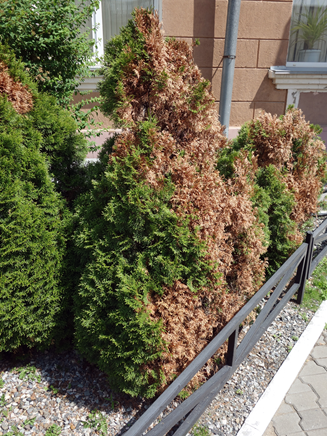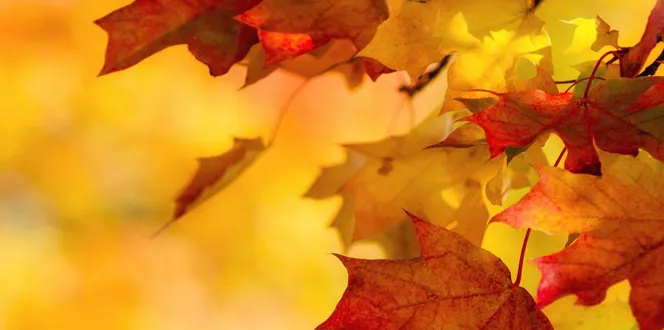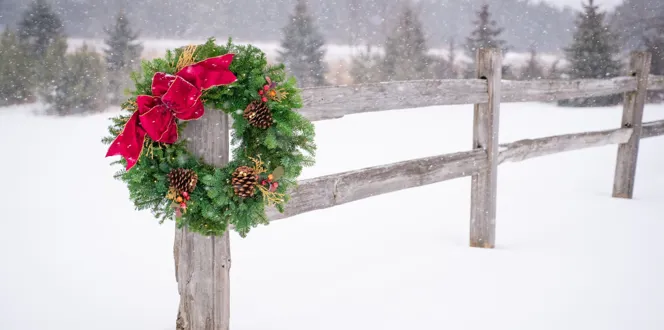Evergreen trees are best known for keeping their needles and leaves throughout winter. Yep, they’ll hold onto their foliage all season long whether it’s gorgeously green or...dull and brown.
Brown needles can be a bummer, but with a little planning, it’s possible to keep evergreens green during winter.
Keep reading for tips on watering and protecting your evergreen tree in winter.
How to keep your evergreen healthy all winter
Keeping your evergreen healthy in winter starts with giving it extra attention in the fall season.
When to water your evergreen
Harsh winter weather can cause transpiration (foliage water loss) causing the needles to desiccate while the roots are in frozen soil and unable to replace the lost water.
To create that water supply in the soil, your tree needs a good amount of hydration leading up to winter. You should water your evergreen tree frequently throughout fall. Water enough to keep the soil consistently moist but not saturated, and keep watering all the way up until the ground freezes. To efficiently get your tree the right amount of water, deep root watering is best.
How do I know if my evergreen needs water?
The quickest way to find out if your evergreen needs water is to stick a long screwdriver into the soil below your tree. If it's hard to push in, your tree needs water.
You can also dig 6-8 inches into the tree’s bed and feel the soil. If it’s dry or crumbling, your tree needs water. A well-watered tree will have moist (not saturated) soil when you dig down.
How often should I water my evergreen in the winter?
Once the ground is frozen, watering your tree isn’t necessary. If you live in a warmer climate where the ground doesn’t freeze, you should water your evergreen in winter as often as it needs it. Here’s how to tell when your tree does or doesn’t need water.
How much should I water my evergreen?
It depends on the tree! Plus, you should consider the amount of rainfall in your area. Remember, the goal is to keep the soil moist without saturating it. Find more guidance on how much you should water a tree here.
Winter burn on evergreens
Winter burn is precisely what it sounds like: it’s when tree leaves or needles turn brown or look scorched in wintertime.
What causes winter burn on evergreens?

Winter burn, which is also referred to as “desiccation,” happens when evergreen foliage loses too much moisture due to dry winter wind and beaming sun. These tough elements cause the needles or leaves to turn brown from dryness.
How to prevent winter burn on evergreens
The watering tips shared above help a ton when it comes to protecting your evergreen from winter burn. You can also physically protect your tree by wrapping it with burlap. Here’s how to create a tree wrap.
How to treat winter burn on evergreens
Odds are, an evergreen that lost its color due to winter burn will bounce back during spring. Keep an eye on your tree to see if any parts aren’t greening up. Those branches should be pruned to make room for healthy growth.





